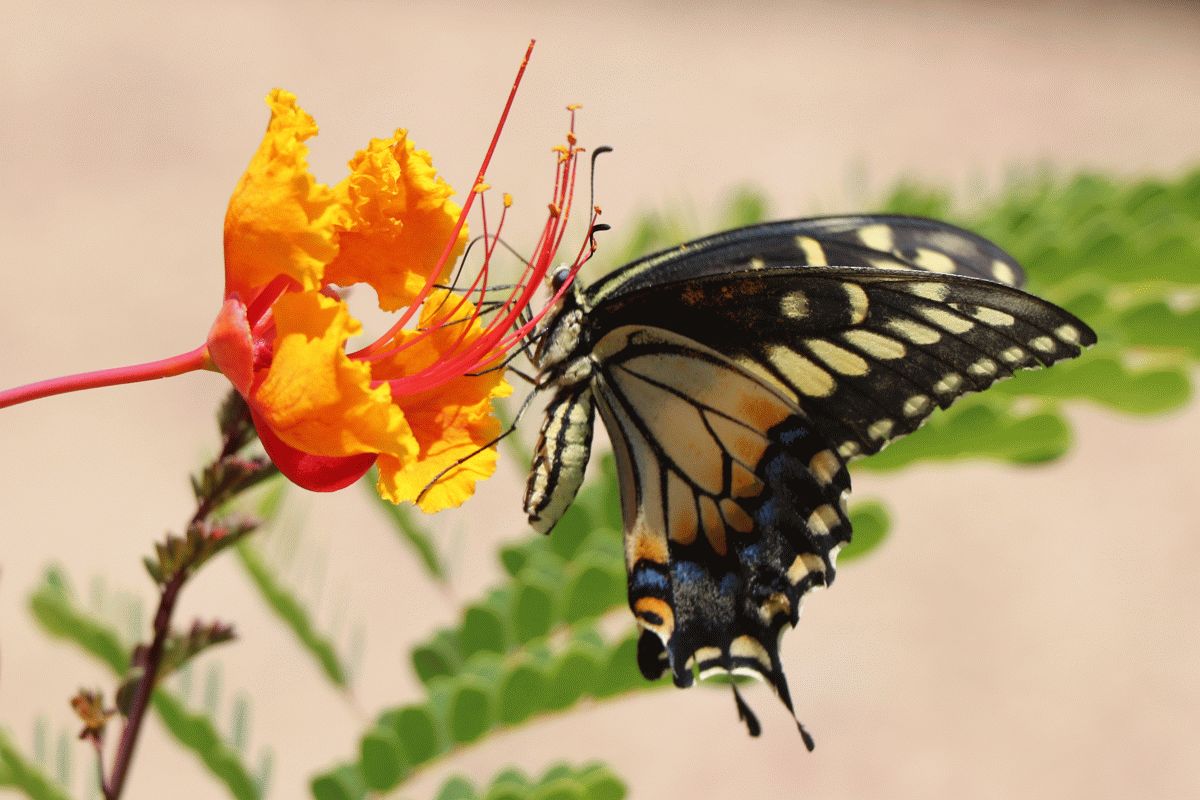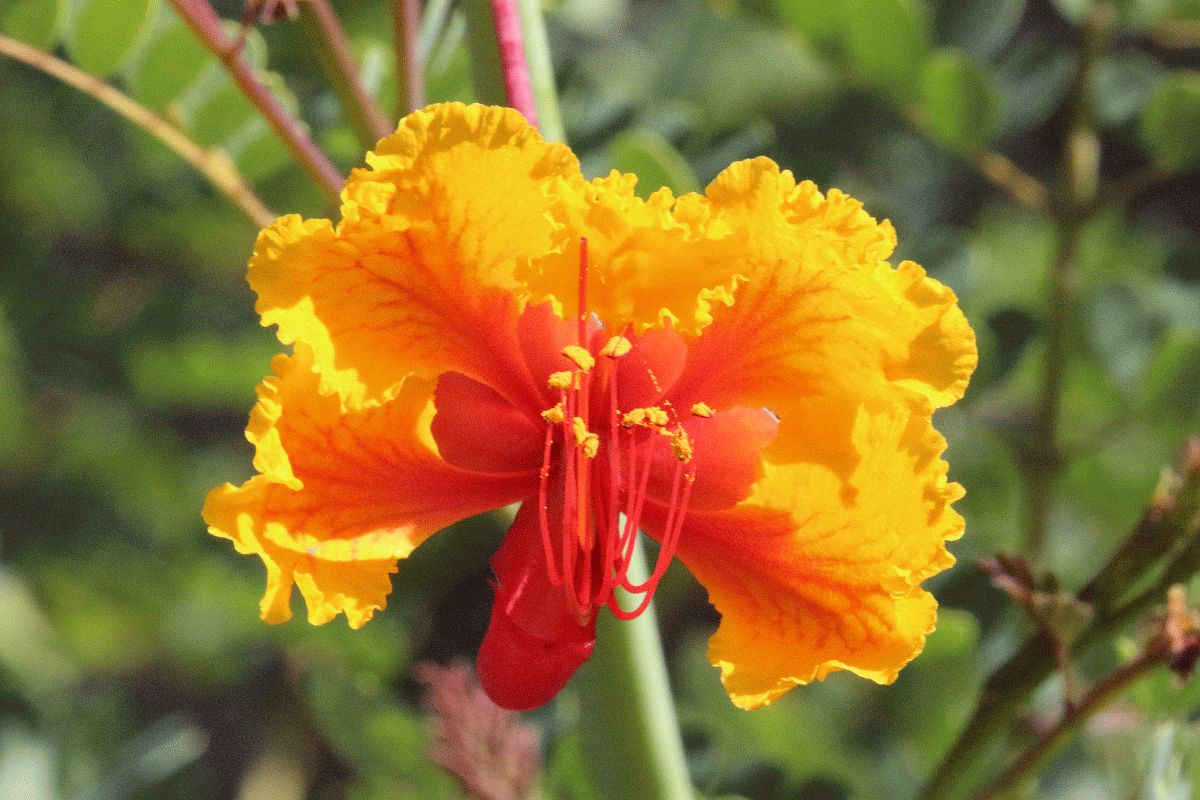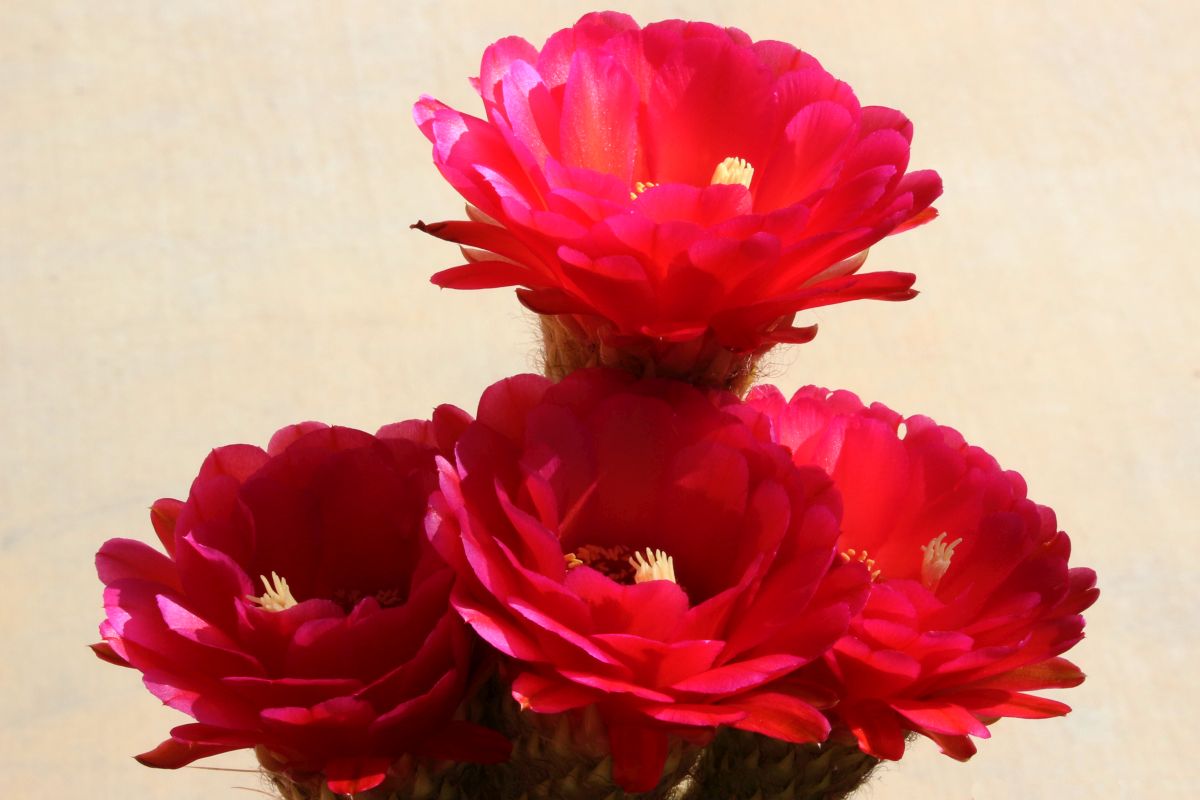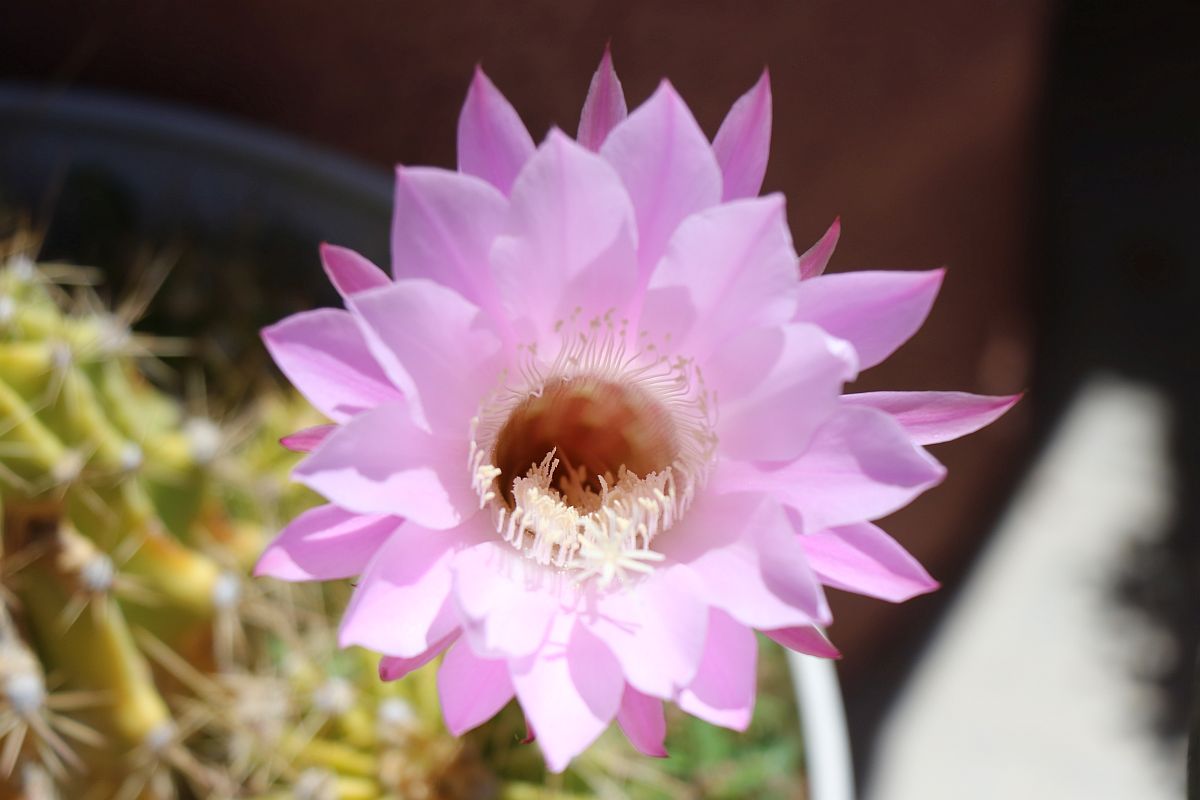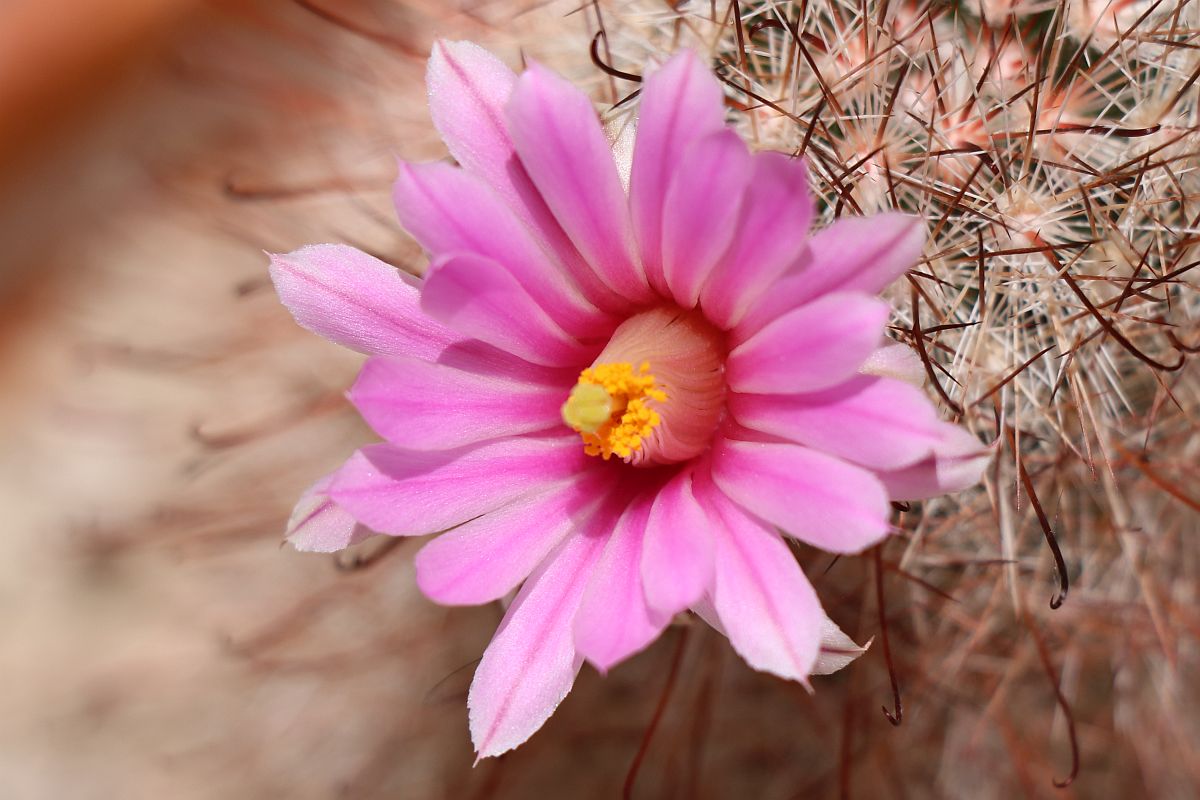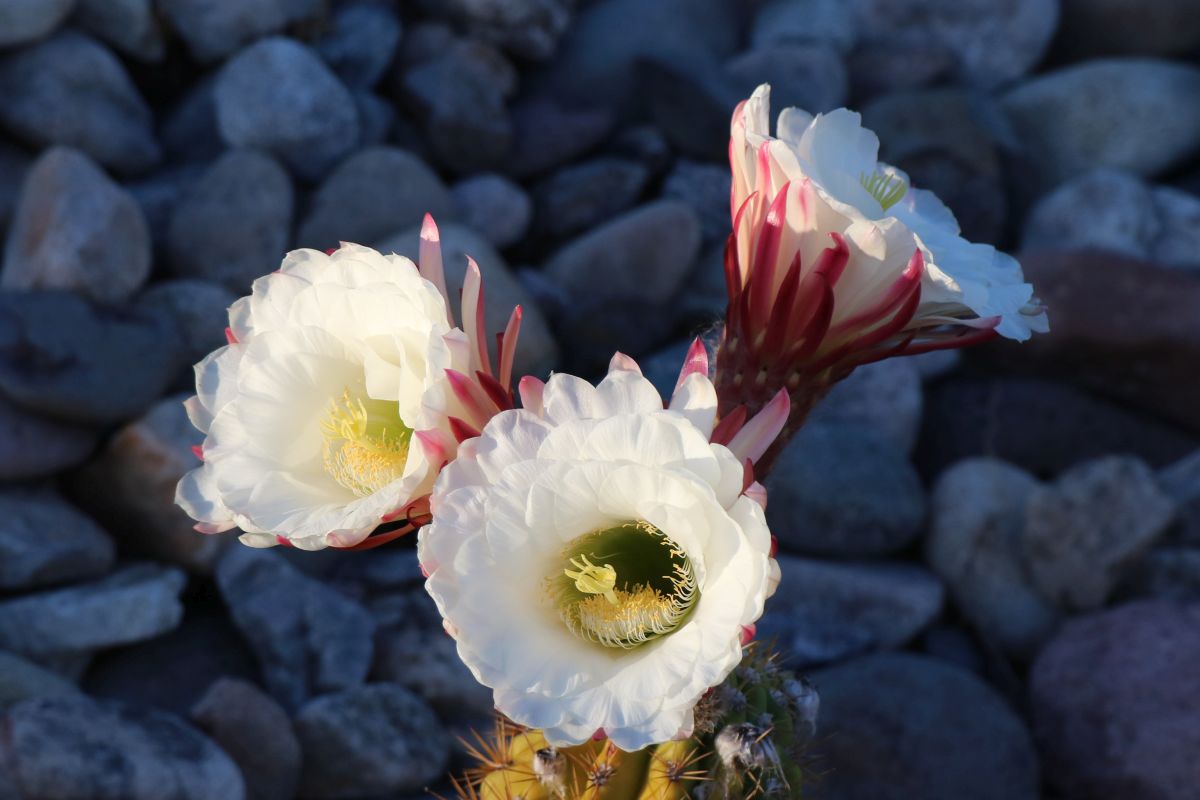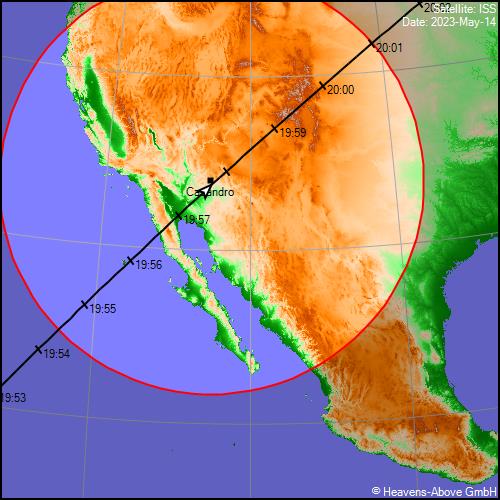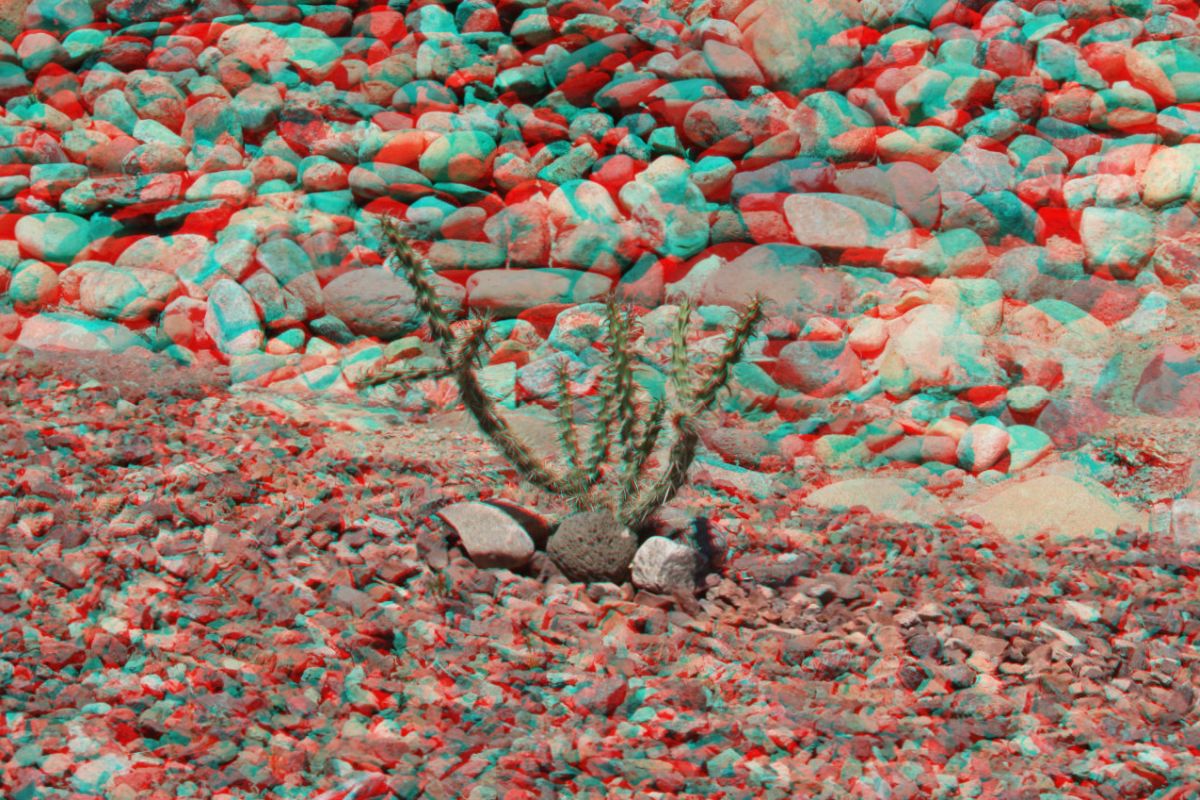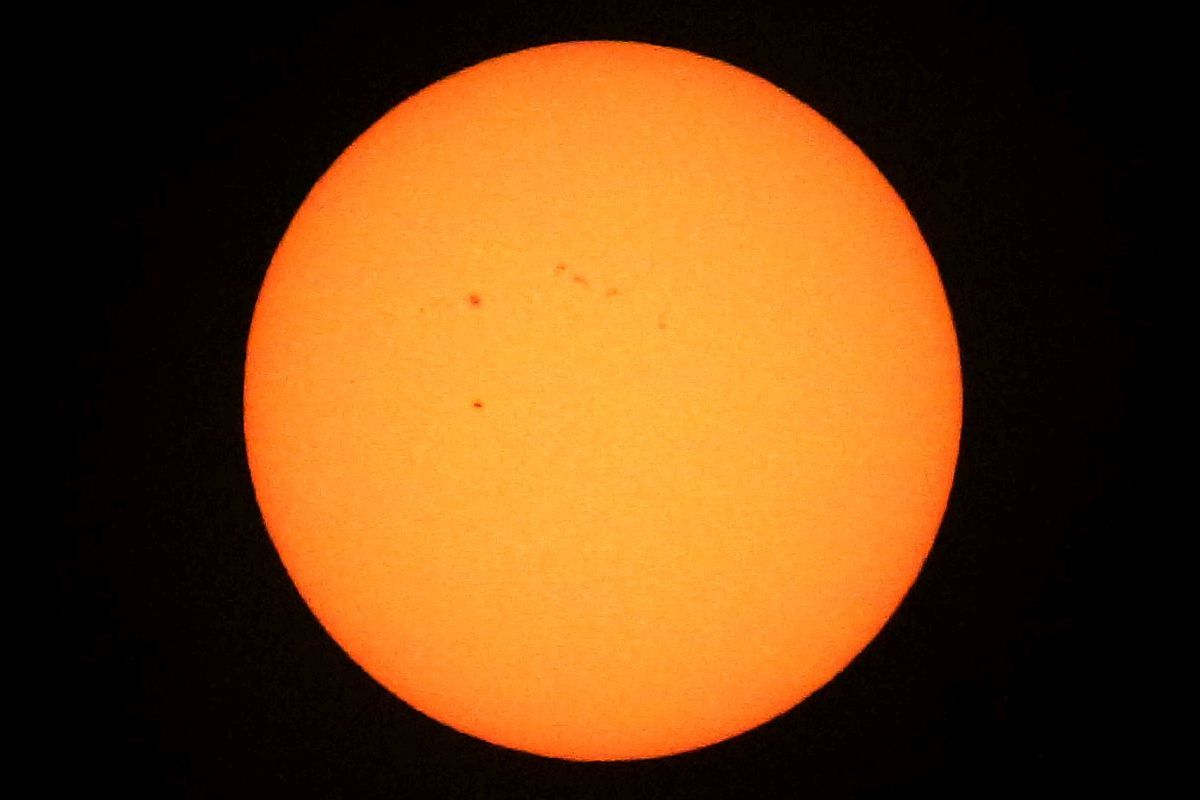Now that the 2023 Red Bird of Paradise Flowers are opening, the butterflies seem to know that they are available for nectar browsing.
These flowers dominate the courtyard in the summertime. This is one of the first to appear this year.
The “Red Bird of Paradise” a.k.a. “Pride of Barbados” shrubs are ready to “take over” in the courtyard now. More about these from Desert Tropicals:
The Red Bird of Paradise is a relatively frost sensitive Caesalpinia, and it is generally better to trim it close to ground in winter. This keeps it more compact without seeming to delay it in spring. The canes tend to freeze in all but the warmest areas, and even if they don’t, the new growth in April is somewhat ungainly. For this reason many gardeners cut the bush to the ground at the end of November, and it will grow back green and compact in mid spring.

